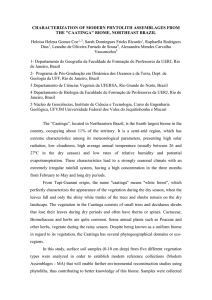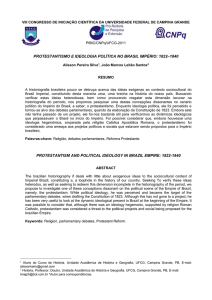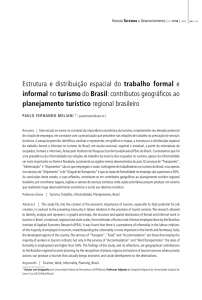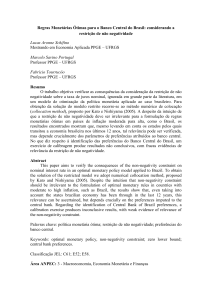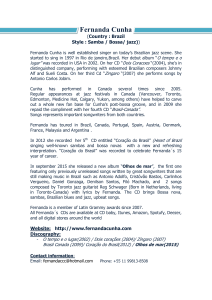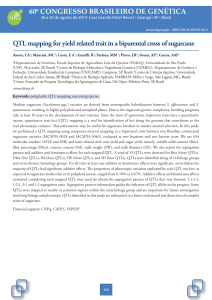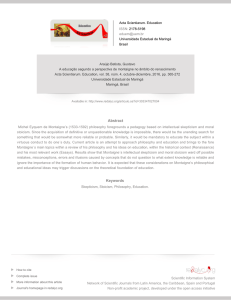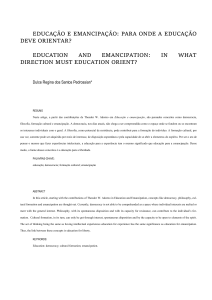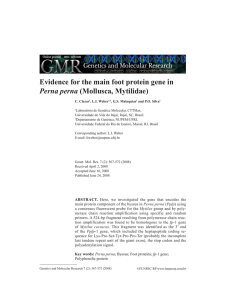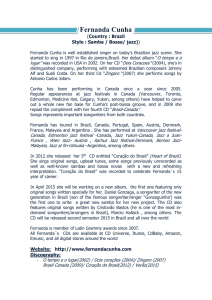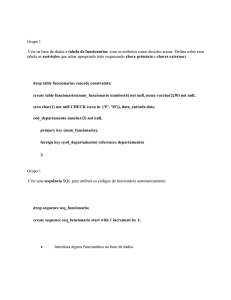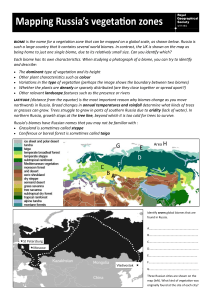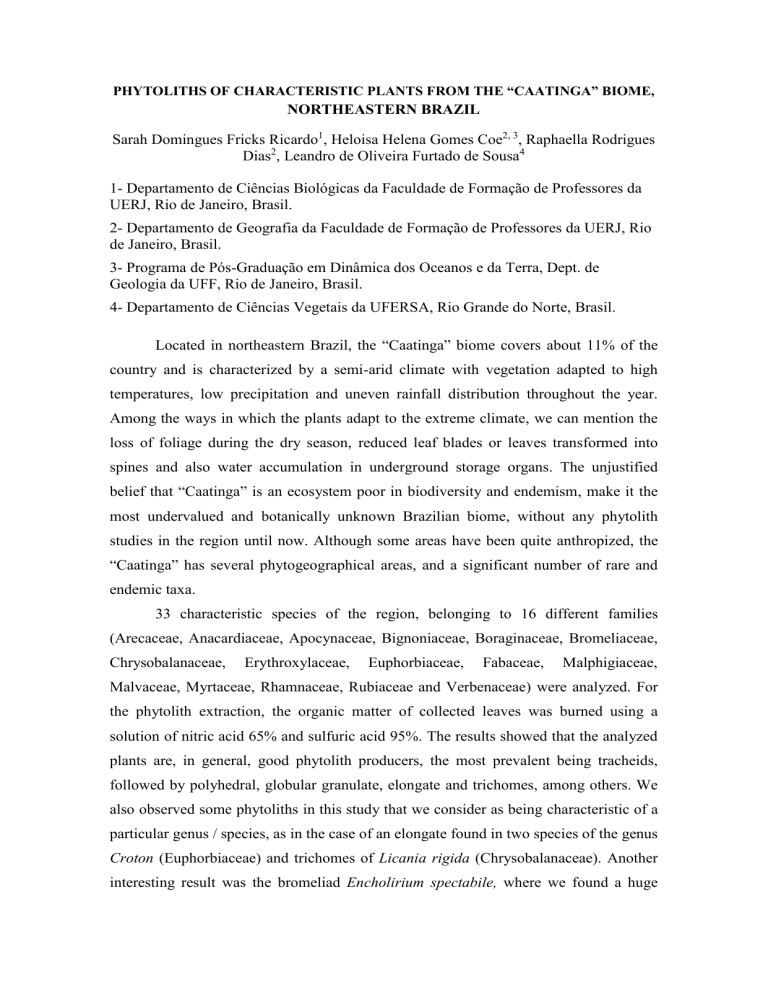
PHYTOLITHS OF CHARACTERISTIC PLANTS FROM THE “CAATINGA” BIOME,
NORTHEASTERN BRAZIL
Sarah Domingues Fricks Ricardo1, Heloisa Helena Gomes Coe2, 3, Raphaella Rodrigues
Dias2, Leandro de Oliveira Furtado de Sousa4
1- Departamento de Ciências Biológicas da Faculdade de Formação de Professores da
UERJ, Rio de Janeiro, Brasil.
2- Departamento de Geografia da Faculdade de Formação de Professores da UERJ, Rio
de Janeiro, Brasil.
3- Programa de Pós-Graduação em Dinâmica dos Oceanos e da Terra, Dept. de
Geologia da UFF, Rio de Janeiro, Brasil.
4- Departamento de Ciências Vegetais da UFERSA, Rio Grande do Norte, Brasil.
Located in northeastern Brazil, the “Caatinga” biome covers about 11% of the
country and is characterized by a semi-arid climate with vegetation adapted to high
temperatures, low precipitation and uneven rainfall distribution throughout the year.
Among the ways in which the plants adapt to the extreme climate, we can mention the
loss of foliage during the dry season, reduced leaf blades or leaves transformed into
spines and also water accumulation in underground storage organs. The unjustified
belief that “Caatinga” is an ecosystem poor in biodiversity and endemism, make it the
most undervalued and botanically unknown Brazilian biome, without any phytolith
studies in the region until now. Although some areas have been quite anthropized, the
“Caatinga” has several phytogeographical areas, and a significant number of rare and
endemic taxa.
33 characteristic species of the region, belonging to 16 different families
(Arecaceae, Anacardiaceae, Apocynaceae, Bignoniaceae, Boraginaceae, Bromeliaceae,
Chrysobalanaceae,
Erythroxylaceae,
Euphorbiaceae,
Fabaceae,
Malphigiaceae,
Malvaceae, Myrtaceae, Rhamnaceae, Rubiaceae and Verbenaceae) were analyzed. For
the phytolith extraction, the organic matter of collected leaves was burned using a
solution of nitric acid 65% and sulfuric acid 95%. The results showed that the analyzed
plants are, in general, good phytolith producers, the most prevalent being tracheids,
followed by polyhedral, globular granulate, elongate and trichomes, among others. We
also observed some phytoliths in this study that we consider as being characteristic of a
particular genus / species, as in the case of an elongate found in two species of the genus
Croton (Euphorbiaceae) and trichomes of Licania rigida (Chrysobalanaceae). Another
interesting result was the bromeliad Encholirium spectabile, where we found a huge
production of globular echinate. A variation in the production of phytoliths was also
verified for families such as Euphorbiaceae and Fabaceae, where the species production
varied from high to non-production of phytoliths.
The types of silicification found may be related to the environmental
characteristics of the “Caatinga”, where plants develop mechanisms against desiccation.
The deposition of Si in their cells may be a survival strategy in this environment.
Further studies in the region will provide more information on the production of
phytoliths by plants of this important biome.
Keywords: Caatinga, Plants, Biomineralization, Brazil.

